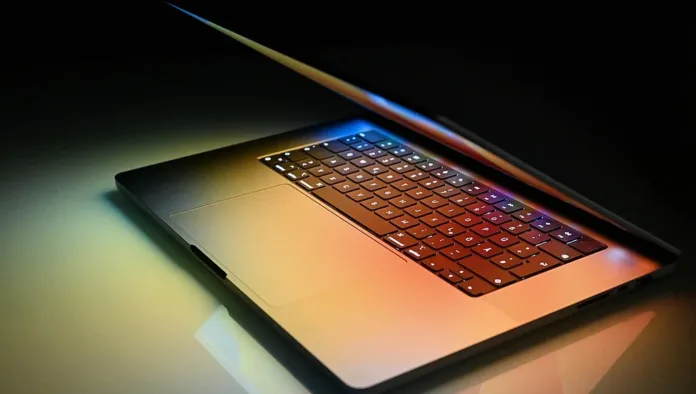Apple to add touchscreen and OLED display to MacBook Pro, with mass production starting 2026
For years, Apple resisted what rivals like Samsung, Dell and Microsoft embraced: touchscreen laptops. Now that era appears to be ending. According to well-known analyst Ming-Chi Kuo, Apple is preparing to launch its first MacBook Pro with both an OLED display and a touchscreen interface.
Kuo reports that the machine, expected in 2026, will mark a dramatic break from decades of Apple orthodoxy. Since the very first Macintosh, the company has kept touch strictly in the iPad and iPhone domains, leaving the Mac line to rely solely on trackpads and keyboards. Apple co-founder Steve Jobs once dismissed the concept of vertical laptop touchscreens as “ergonomically terrible.” But Cupertino seems ready to change course.
The new MacBook Pro will reportedly use a Samsung-manufactured OLED panel with on-cell touch technology, allowing the screen to register finger input without requiring a separate touch-sensitive layer. That should mean slimmer bezels, lighter weight, and greater power efficiency—three qualities Apple prizes in its premium laptops.
Kuo argues that the shift reflects “long-term observation of iPad user behavior,” with Apple concluding that touch controls can boost productivity and improve the overall user experience in certain scenarios. Importantly, he suggests Apple now believes a touchscreen MacBook will not significantly cannibalise iPad sales. Instead, the two products could coexist, each serving distinct roles: iPad as a flexible tablet and creative tool, MacBook as a powerhouse productivity machine with added versatility.
Embed from Getty ImagesAt this stage, many details remain unclear. Will Apple go further and embrace a 2-in-1 design with a 360° hinge, allowing the device to fold into tablet mode? Will it support Apple Pencil for sketching and note-taking? Or will the company simply keep the classic clamshell shape and add touch as a complementary feature? Kuo offers no definitive answers yet.
The analyst does note, however, that mass production of the touchscreen OLED MacBook Pro will not begin until late 2026, giving Apple ample time to refine both hardware and macOS integration. That timeline suggests an official unveiling might come in mid-2026, with shipments beginning toward the end of the year or early 2027.
Apple is also working on an entry-level MacBook project, which Kuo says could debut as soon as 2026 with an Apple A18 Pro chip from the iPhone 16 Pro line and a target price of around $700. This lower-cost model will not include a touchscreen initially. However, Apple is considering adding the feature to the second generation, currently pencilled in for 2027. The decision is still under discussion internally, according to Kuo.
The strategy would mirror Apple’s approach with other technologies, such as ProMotion displays. What begins in the premium tier often trickles down to consumer models once the company is confident the hardware, software and economics align.
For consumers, the introduction of touch could change how macOS is used in practice. From pinch-zooming images to tapping through presentations or sketching ideas directly on-screen, it would open possibilities long familiar to Windows laptop owners. For developers, it could mean adapting apps to feel natural both with trackpad gestures and with fingertip interactions.
Apple’s reputation for perfectionism means expectations will be sky-high. If touch comes to the MacBook, it will likely arrive in polished, tightly integrated fashion—closer to revolution than compromise.
One thing is certain: the wall between Mac and iPad is beginning to crumble. And once Apple embraces touch on its flagship laptop, there will be no going back.
